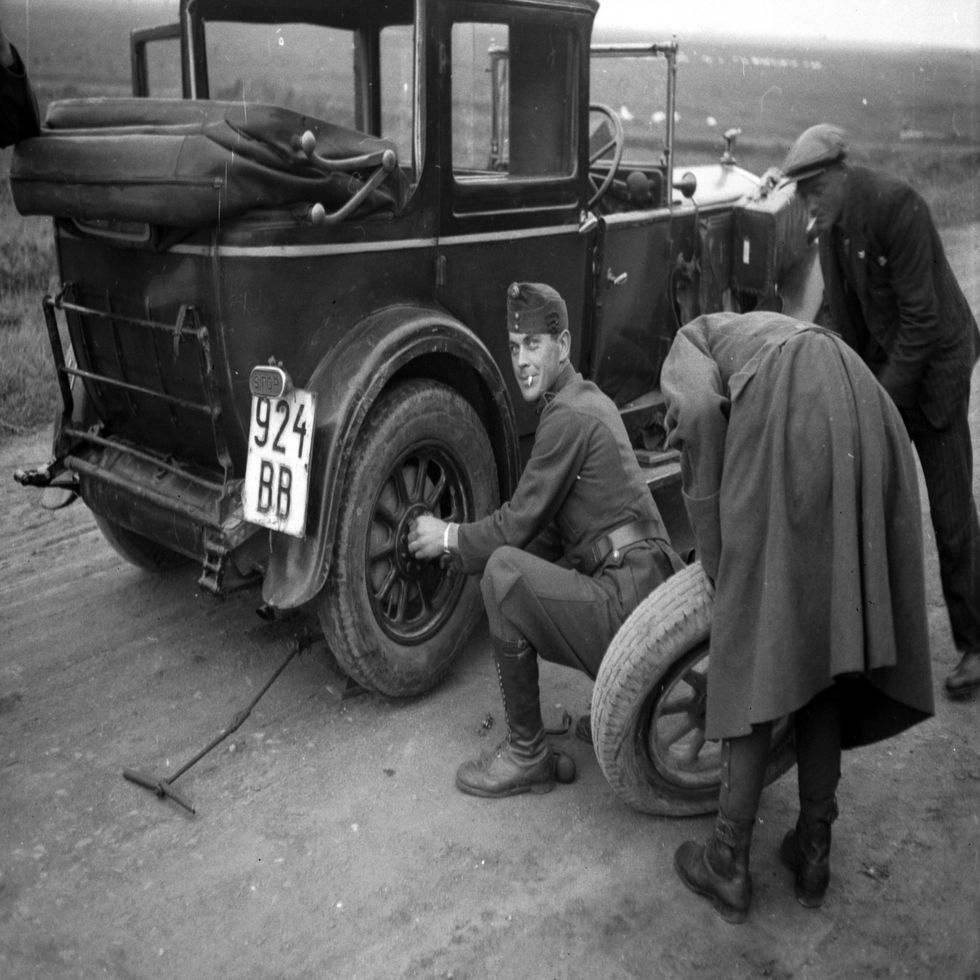While many drivers assume that regular all-season tires are just fine for year-round driving, that's only true if you live in a warmer climate. When you compare all-season tires to winter tires, their differences quickly become apparent. Especially If you live where it snows, or the area in which you live experiences cold temperatures. The evidence is clear that a set of dedicated winter tires will dramatically improve your safety during the coldest months.
The reason for this is tread. Winter tires gain their advantage not only because they have superior tread patterns that are designed for traction on ice and snow, but because they employ softer rubber compounds to enhance grip. That means when it's cold, whether it's on dry pavement, snow, or slush, your pair of winter tires will outperform all-season ones. This is also why winter tires are not suitable for summer, warm-weather driving, as their softer rubber and more open tread pattern will wear rapidly.
In our previous article, we elaborate on this point further, and demonstrate just how much of a difference a pair of winter tires can mean for stopping distances.
When temperatures climb above 40 degrees regularly, winter tires should be swapped out for summer or all-season tires. Likewise, low-profile summer performance tires are terrible in cold temperatures. All-season tires compromise their winter ability in order to be used during the summer.
John Rastetter, a senior executive at Tire Rack says, "while brand new all-season tires can provide reasonable traction during the winter, their performance is roughly equivalent to half-worn winter tires." This is a pretty stark difference. A brand-new pair of all-season tires is only half as good as a pair of winter tires.
Another, less-known benefit of winter tires is the fact that they can reduce wear. By swapping out your tires biannually, you receive the added benefit of drastically increasing the lifespans of both of your pairs of tires. In the long run, this can save you money on new tires.
Ask yourself this question, what kind of tires do you want your customers and your family driving in during the winter?














